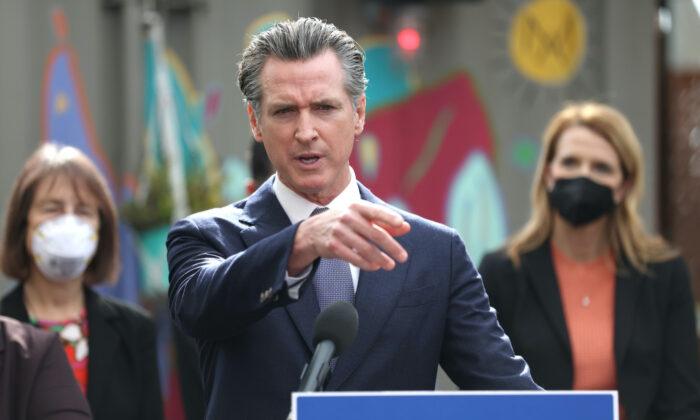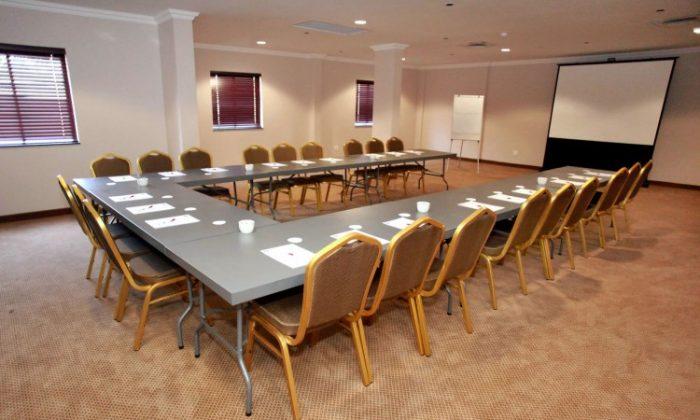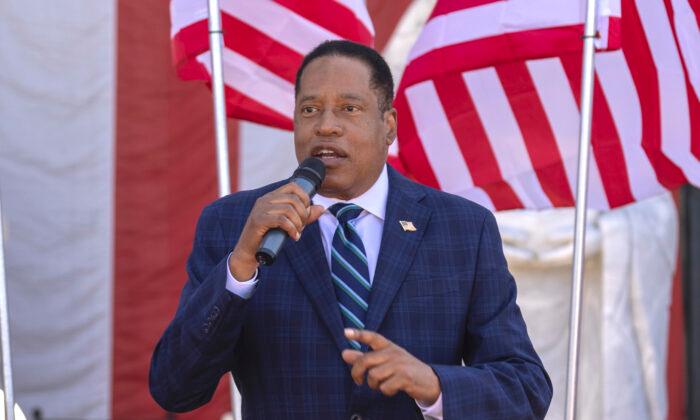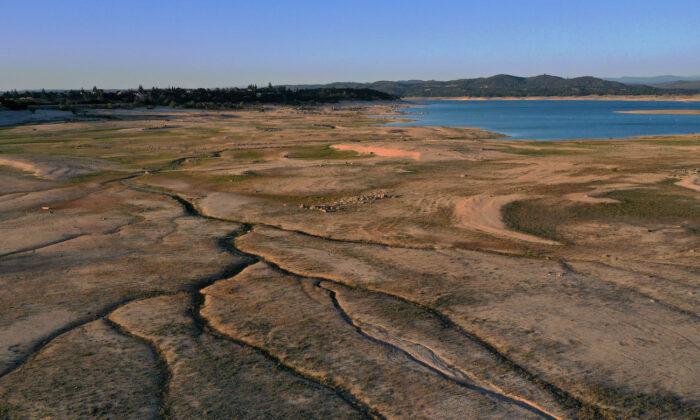The remains of a U.S. soldier killed during the 1950-53 Korean War was given a repatriation ceremony by the United Nations Command (UNC) on Nov. 20.
The ceremony was held in Seoul, South Korea at UNC Knight Field, with U.S. Forces Korea (USFK) and South Korean military officials in attendance. UNC Commander, General Robert B. Abrams gave remarks.
“We are told the warrior who rests before us today was a proud member of the 32nd Infantry Regiment and departed this world in 1951,” said General Abrams.
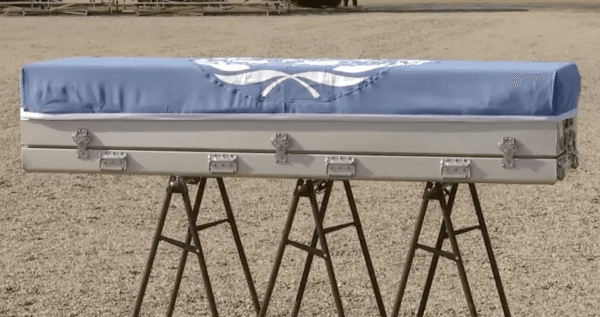
During the ceremony, a group of honor guards surrounded the soldier’s coffin, which was draped with the flag of the United Nations. They respectfully carried it to a waiting vehicle before giving a farewell salute.
“Let us never forget them. Let us always set aside the time and space to honor them. Let us never rest until they all come home. Thank you. May God bless this fallen warrior, spirit him on his way, and provide comfort to those who continue to wait for their own warriors’ return,” General Abrams said.
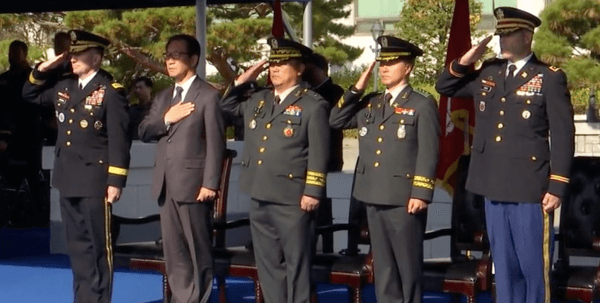
The South Korean military announced on Nov. 19, that the remains of nine more dead soldiers had been discovered while searching for landmines along the border. They are not yet identified, but Stars and Stripes reported that the United States, French, South Korean, and Chinese troops were known to be fighting in the area.
U.S. officials said the move by North Korean leader Kim Jong Un was seen as a positive first step.
“Today, (Kim) is fulfilling part of the commitment he made to the President to return our fallen American service members. We are encouraged by North Korea’s actions and the momentum for positive change,” the White House had said in a statement.
The transfer of the remains coincided with the 65th anniversary of the 1953 armistice agreement that ended fighting, although the two Koreas are technically still at war because a peace treaty was never signed.
The United States has called for more remains to be returned, however, tensions are high and joint searches have been stalled, reported Stars and Stripes.
“Talks are ongoing,” Lt. Col. Irving Cross said to reporters after the repatriation ceremony. “No hard dates have been set yet, but we continue to negotiate.”
The Korean War started on June 25, 1950, when Communist North Korean troops launched a surprise attack across the 38th parallel into South Korea. U.S.-led United Nations forces battled Chinese and Soviet-backed North Korea in the war.
About 7,700 U.S. military personnel remain unaccounted for from the Korean War, U.S. military data show, with around 5,300 estimated to be located on the northern side of the border. More than 36,500 U.S. troops died in the conflict.

